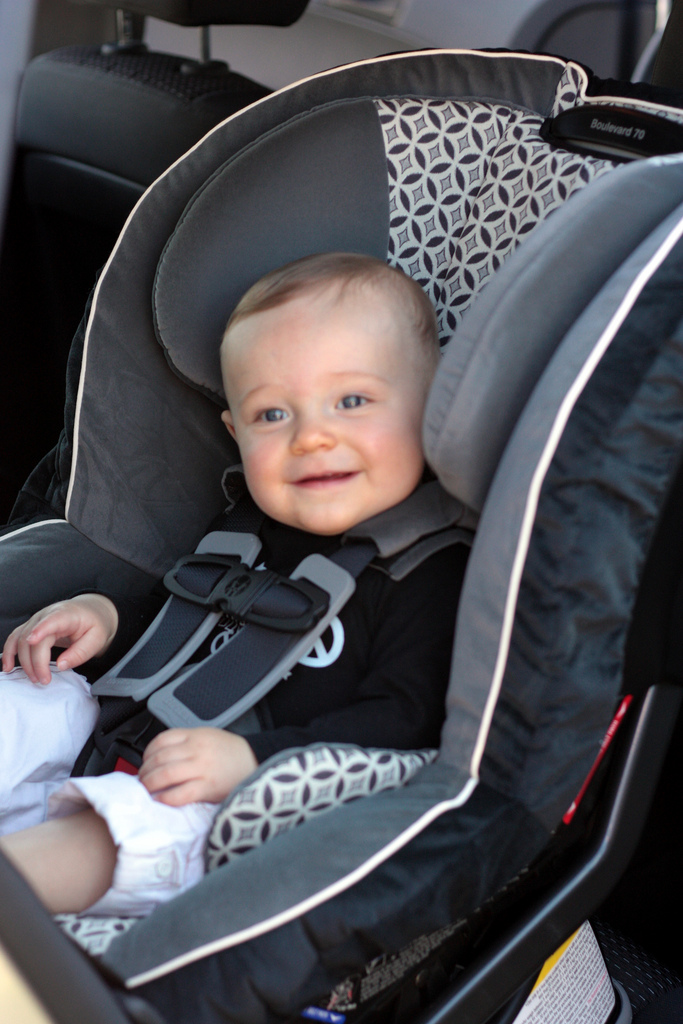Protecting children from injuries in car accidents
 Car accidents are one of the leading causes of injuries and deaths for children. In the US, 636 children under 12 year old died and 97,000 were injured in car crashes in 2018.
Car accidents are one of the leading causes of injuries and deaths for children. In the US, 636 children under 12 year old died and 97,000 were injured in car crashes in 2018.
From researching child restraint performance to analyzing teenager behavior behind the wheel and testing safety of future autonomous vehicles, the Center for Child Injury Prevention Study has been constantly researching and advocating for better ways to protect children on the road.
Among their most recent studies, researchers at CChIPS have been looking at the validity of recommendations for rear-facing Child Restraint System (CRS) using newly available real car accident injury data.
A recent change in New Jersey crash police police reports now requires the inclusion of information on CRS orientation. Researchers were able to use this data and linked them to the hospital-reported injury data.
They found that in motor vehicle crashes involving 2 year-old children, only 57% of them were seated in a a rear-facing restraint systems despite the New Jersey law mandating rear-facing restraint system for children until 2 year-old. They also found that a similar percentage of children in forward facing restraint systems and rear-facing restraint systems visited the emergency room after a car accident, however a much higher percentage of children in forward facing seats were diagnosed with injuries. While many babies hate to be seated in a rear facing position and start crying as soon as their parents seat them in the CRS, the study with real accident data confirmed the recommendations from the American Academy of Pediatrics and car seat manufacturers.
Other recent studies by researchers at the CChIPS have been looking at
- the impact of belt positioning in booster seats
- the impact of car seats in reclined position during crashes involving children
- preventing heatstroke with sensors
- several other studies on child restraint types in various car crash situations
The CChIPS recently published a video explaining the purpose of their mission, how they collaborate with the industry and how they train young researchers to keep on protecting children from injuries sustained in car crashes.
Picture source: FLICKR
 New York Personal Injury Attorneys Blog
New York Personal Injury Attorneys Blog


